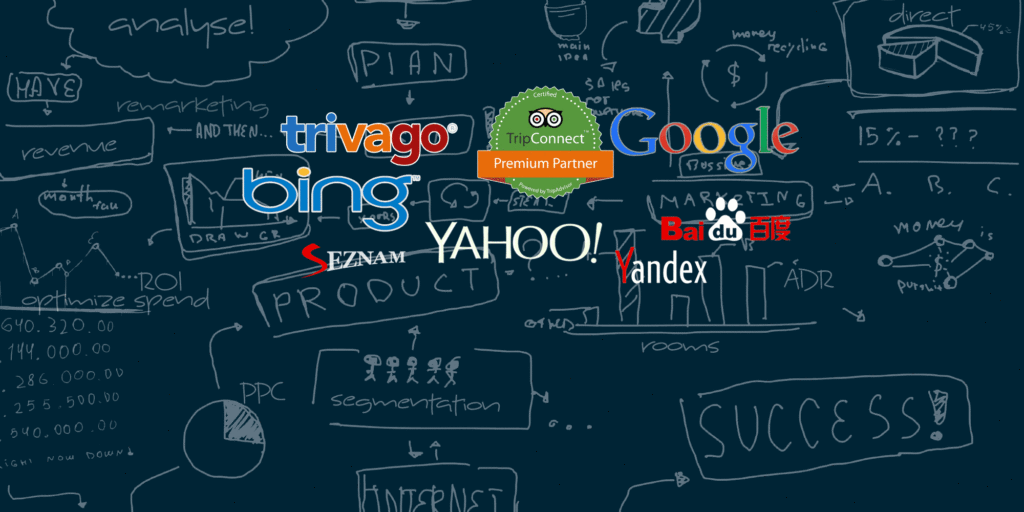
Since 2010, the hotel industry has seen huge growth and changes to the metasearch landscape; a combination of consumer and product growth.
It’s evident that this rapid growth has disturbed the natural booking patterns we were once used to and has opened up another level of complexity for the OTA’s. The years to come are set to be exciting, as metasearch companies continue to develop and expand their product and offering.
Here, we want to look at the main metasearch platforms that the independent hotelier can use and the benefits, obstacles and challenges they generally face.
We’ll start with an overview of the major players, then go into the details on what you can get from each of them, how to get the most from them, and how to keep track of your success.
Giants of the Industry
Trivago, TripAdvsior and Google Hotel Ads are currently the most powerful players on the metasearch landscape. Here’s a quick overview of how they work, key numbers and requirements to be on them.
Trivago:
With 1.4 billion visits per year, users can access Trivago through 55 localized websites and apps (applications) and across 33 countries. That breaks down to about 3.8 million visits per day, which is a hefty number of eyes to have your hotel in front of.
Trivago gathers hotel content from various sources on its platform. These hotels are then displayed to users based on their search criteria. Trivago also claims to help users get the best rates by providing a “comparison for a million hotels on more than 250 booking sites.”
Trivago’s main revenue earner is its direct connect product, where hotels and OTAs pay a Cost per Click-based fee for traffic from Trivago to their own site, where the customer can complete their booking.
Google Hotel Ads:
Google Hotel Ads are precisely what they sound like. They showcase your hotel on Google.com and Google Maps, across desktops, tablets, and mobile devices.




